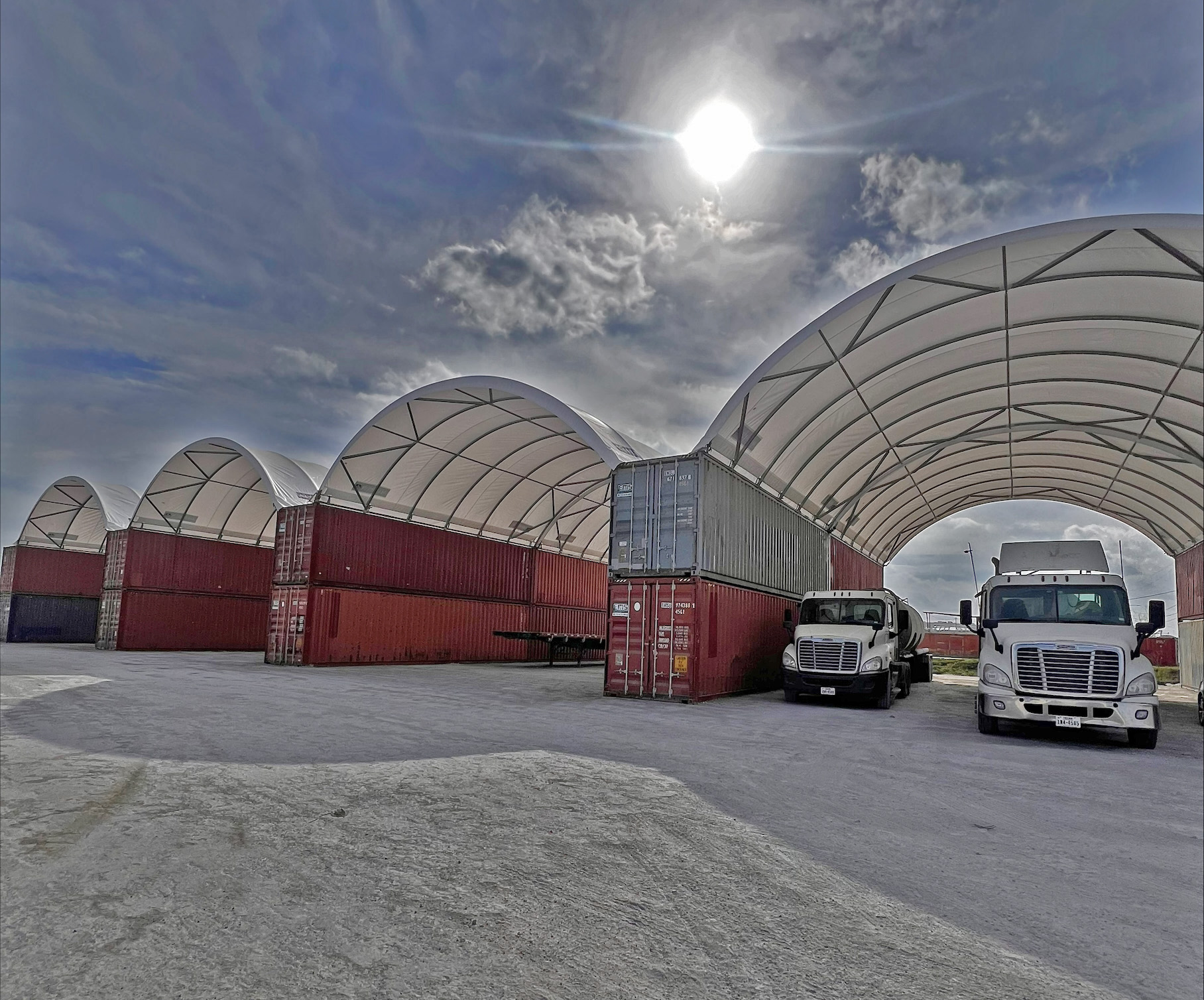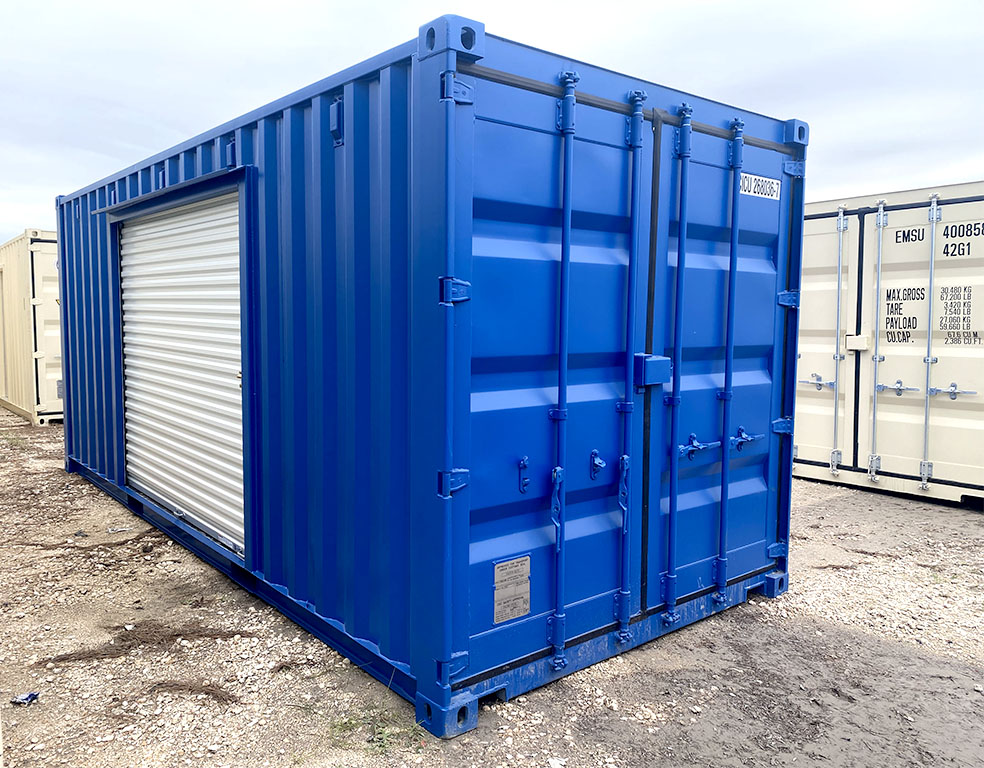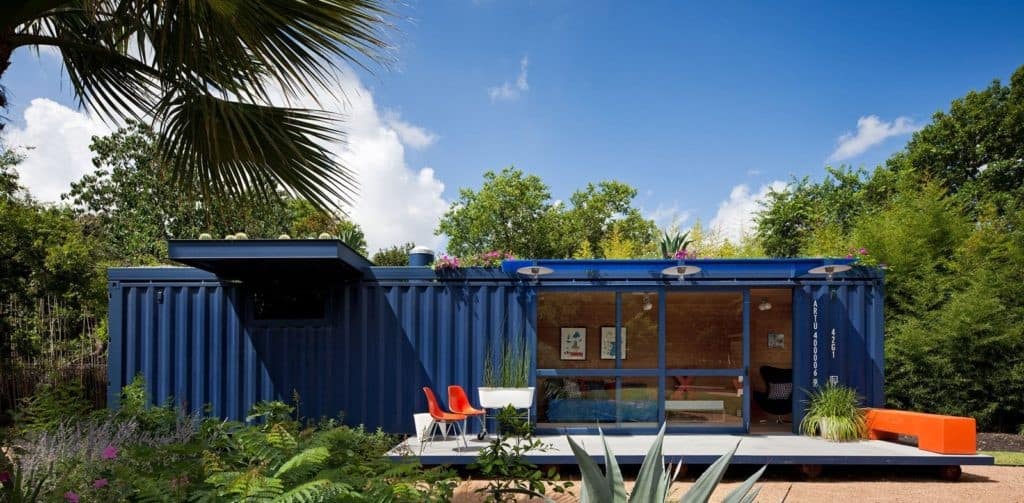In recent years, there has been a noticeable surge in the demand for shipping containers, yet intriguingly, it’s not primarily driven by the cargo industry. Instead, architectural firms and contractors are witnessing a growing demand, responding to clients’ innovative ideas of repurposing containers into residential and commercial spaces.
A decade ago, repurposing shipping containers might have appeared as a risky and low-cost endeavor, but perceptions have dramatically shifted since then. Today, private homeowners and businesses alike are eagerly embracing this emerging trend in real estate – the transformation of cargo containers into unique, modern living and working spaces.
For those considering joining the ranks of container enthusiasts, here are some valuable insights to ensure a well-informed purchase and steer clear of common pitfalls.
Choosing the Right Container:
When venturing into the realm of container repurposing, selecting the appropriate unit is crucial. Take the time to assess your specific needs and the intended use of the container. Consider factors such as size, condition, and structural integrity to ensure it aligns with your vision and requirements.
Don't Overlook the Inspection Process:
Before finalizing your purchase, it’s essential to conduct a thorough inspection of the container. Look for signs of wear, corrosion, or structural damage that may compromise its suitability for conversion. At EMS, we offer comprehensive container inspections conducted by our experienced team. Additionally, we facilitate an in-house engineer specialized in container repurposing who can provide valuable insights and guidance throughout the process.
As the demand for container-based structures grew, regulatory bodies recognized the need to address this new construction type. Many states and authorities having jurisdiction (AHJs) have categorized containers under modular rules and regulations, treating them as concealed construction. Consequently, inspections and approvals often fall under the purview of registered modular third-party inspection agencies.

The International Code Council (ICC) has published the ICC G5-2013 Guideline for the Safe Use of ISO Intermodal Shipping Containers Repurposed as Buildings and Building Components
EMS
Another significant regulatory concern pertains to the steel used in containers. While approval of structural steel typically requires mill reports and welding specifications, obtaining this information for containers, largely manufactured in China, can be challenging. To address this, the International Code Council Evaluation Services (ICC-ES) introduced Acceptance Criteria 462 – Structural Building Materials from Intermodal Shipping Containers (AC462) in early 2016. This criteria and protocols provide clarity on ensuring structural integrity when evaluating reused shipping containers as a building product.
For projects where compliance with AC462 isn’t feasible, professional engineering firms specializing in container repurposing can offer assistance. They can conduct design analysis and integrate openings and site-specific elements, which are commonly accepted by most state agencies and local jurisdictions to demonstrate compliance with the International Building Code (IBC) and the International Residential Code (IRC). Additionally, the International Code Council (ICC) has published the ICC G5-2013 Guideline for the Safe Use of ISO Intermodal Shipping Containers Repurposed as Buildings and Building Components, offering further guidance for code officials and designers.










